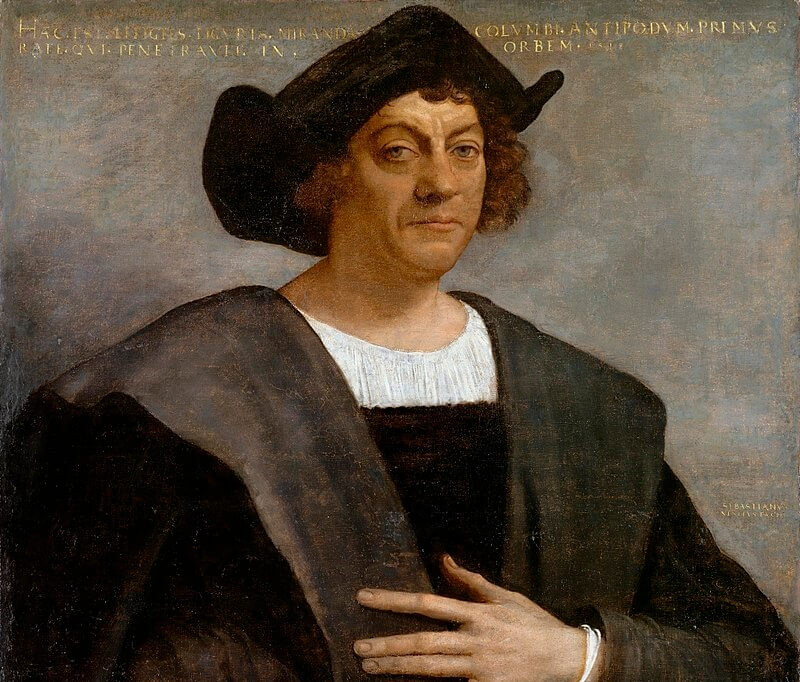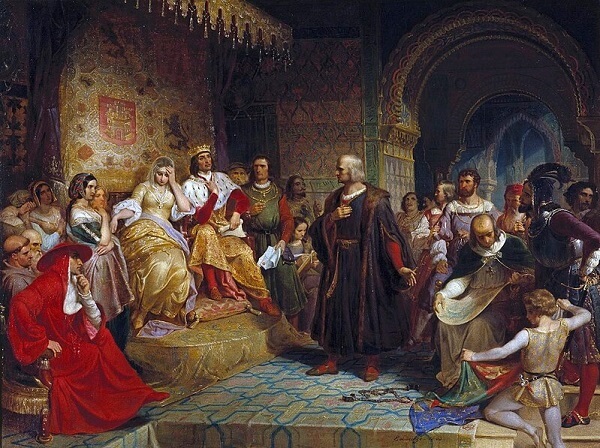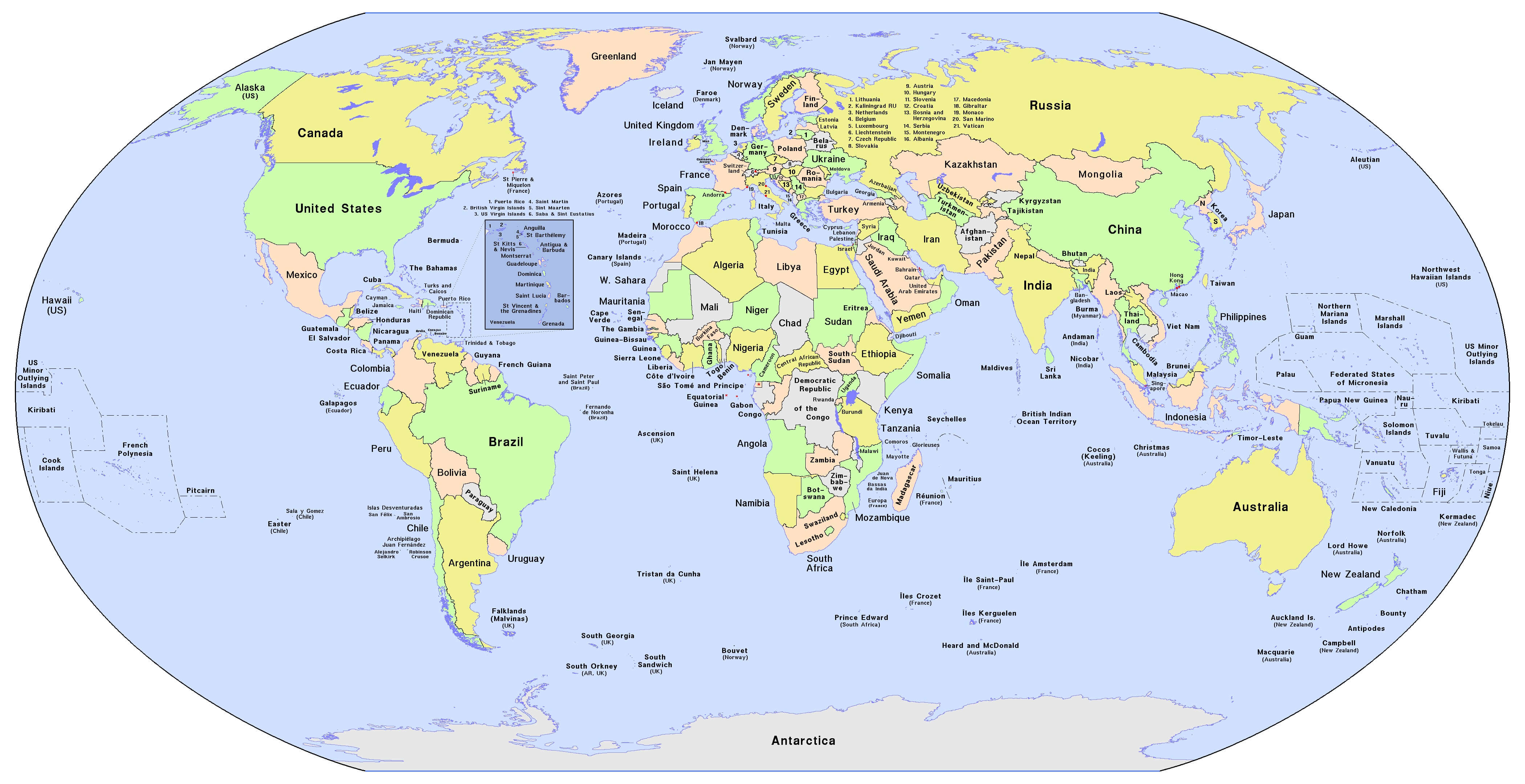 A History of the United States and its People
A History of the United States
A History of the United States and its People
A History of the United States




 A History of the United States and its People
A History of the United States
A History of the United States and its People
A History of the United States

Study the chapter for one week.
Over the week:
Activity 1: Narrate the Chapter
Activity 2: Study the Chapter Picture

Activity 3: Recite the Mnemonic
Recite aloud and memorize the following mnemonic to remember when Columbus discovered America.
Activity 4: Map the Chapter



Activity 5: Complete Copywork, Narration, Dictation, and Mapwork
